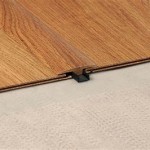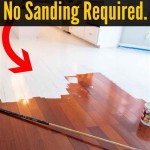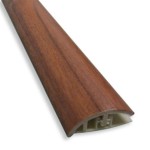Vinyl flooring is a great option for any home or office. It is a durable, waterproof material that can add a stylish and elegant look to the room. Installing vinyl flooring can be a challenging task, but with the right tools and knowledge, it can be done quickly and easily. This comprehensive guide will cover everything you need to know about vinyl floor installation.
Preparing the Room
Before installing the vinyl floor, the room should be prepared. This means removing any furniture and other items from the room, as well as making sure the subfloor is clean, level, and free of debris. It is also important to check the condition of the subfloor for any damage that may need to be repaired before installation.
Choosing the Right Vinyl Floor
When choosing a vinyl floor, there are a few factors to consider. These include the size, color, pattern, and thickness of the flooring. It is also important to consider the room’s purpose, as some types of vinyl flooring are better suited for certain rooms. For example, thicker vinyl flooring is better suited for high-traffic areas, while thinner vinyl is better for rooms with low-traffic.
Tools and Materials Needed
In order to install a vinyl floor, you will need a few tools and materials. These include a tape measure, utility knife, hammer, nails, glue, vinyl flooring, and a roller. It is also important to make sure you have the proper ventilation to ensure the glue dries properly.
Installing the Vinyl Floor
Once the room is prepared and the tools and materials are ready, it is time to begin installing the vinyl floor. Depending on the type of flooring, the installation process may vary. In most cases, you will need to start by laying out the vinyl flooring and trimming it to size. Once the flooring is trimmed, you can apply glue to the subfloor and place the vinyl flooring in place. Finally, you can use a roller to ensure the flooring is properly secured to the subfloor.
Caring for Vinyl Floors
Once the vinyl floor is installed, it is important to take care of it properly. This means regular sweeping and vacuuming of the floor to remove any dirt and debris. It is also important to avoid using harsh chemicals or abrasive cleaning materials, as this could damage the flooring. Additionally, it is important to place mats or rugs near any entryways to prevent dirt and debris from being tracked in.
Conclusion
Installing a vinyl floor can be a challenging task, but with the right tools and knowledge, it can be done quickly and easily. Hopefully, this comprehensive guide has provided you with all the information you need to know about vinyl floor installation. With proper preparation, tools, and care, you will be able to enjoy a beautiful and durable vinyl floor for many years.










:max_bytes(150000):strip_icc()/easy-install-plank-vinyl-flooring-1822808-07-9e82b716c3e94264b4a6084e174e9aeb.jpg)




Related Posts








